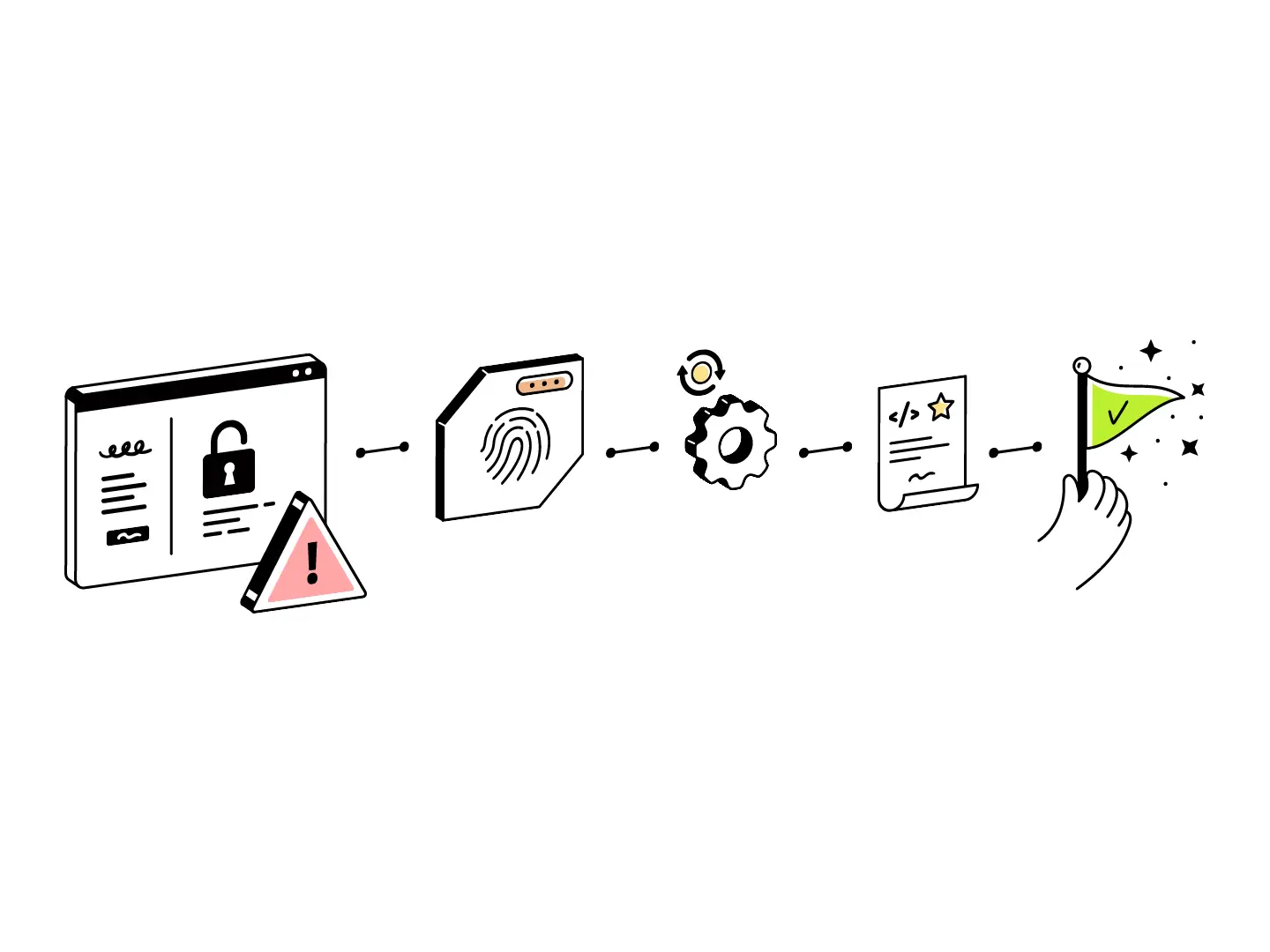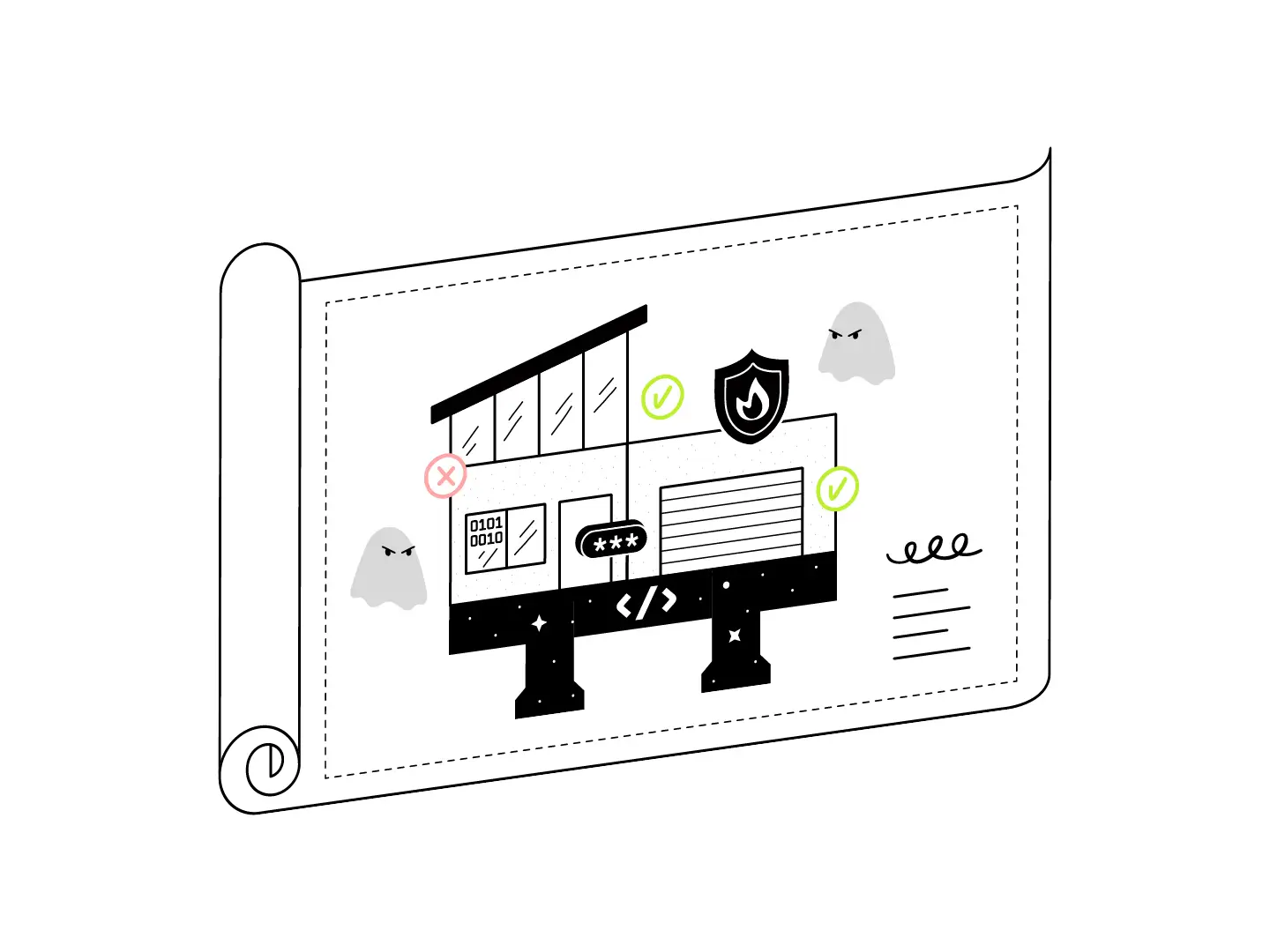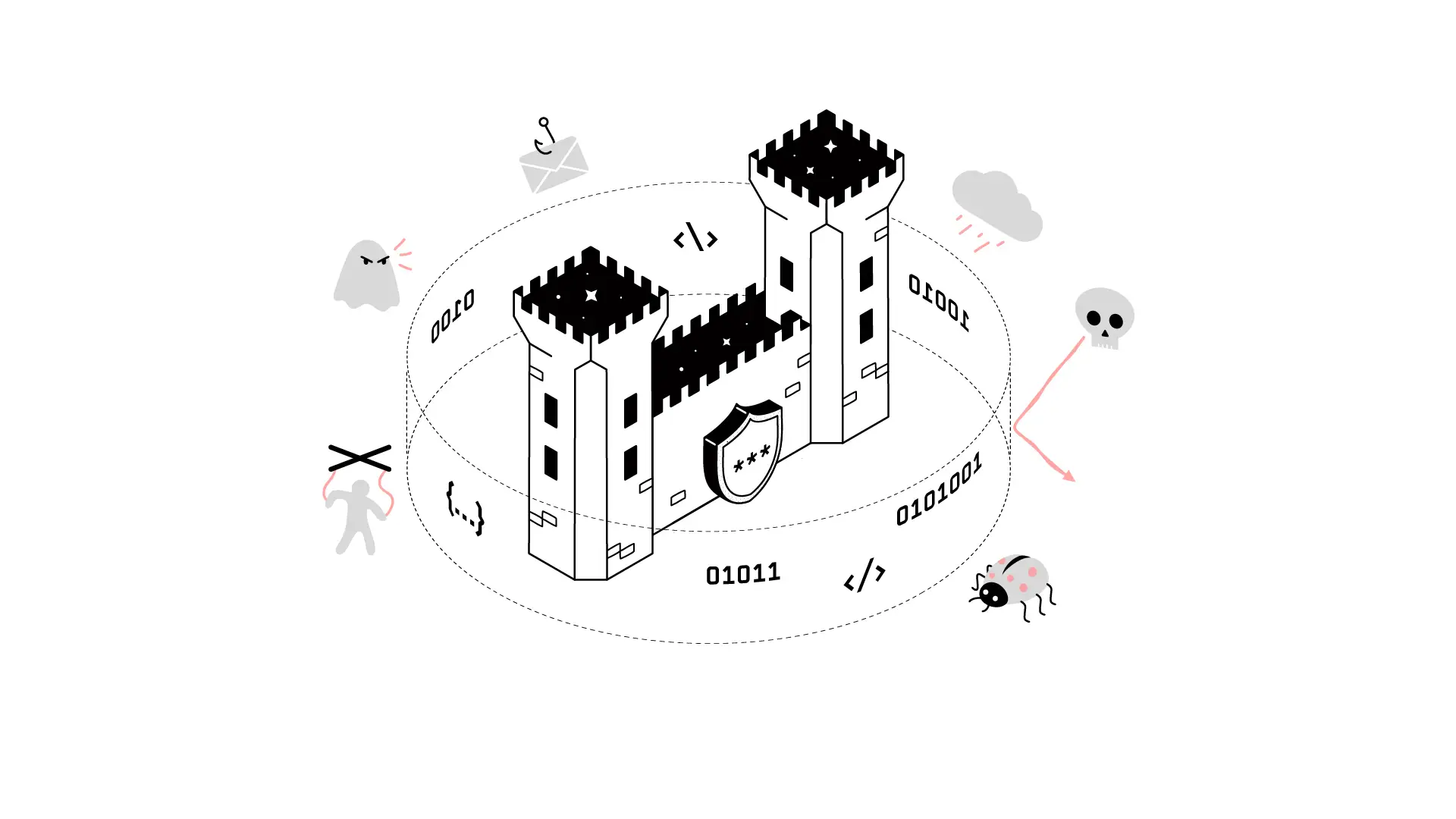To keep up with the pace of today's business world, digital solutions providers must be able to deliver rapidly. A faster development cycle means a faster time-to-market, which provides a competitive edge and a quick start to revenue generation. It also gives developers the ability to shift quickly as new technology trends emerge, pivoting products to take advantage of the latest capabilities and to meet the latest needs.
Achieving rapid development cycles requires innovative approaches. Infrastructure-as-Code (IaC) is one such approach to emerge in recent years. By providing scripts and code that automates the configuring process, IaC allows developers to increase efficiency by programmatically defining and managing infrastructure environments.
Developers that shift to the IaC approach also gain advantages in the area of cybersecurity. When managed properly, IaC addresses one of the most prevalent cyber attack threats with which today's businesses must contend.
The looming threat of cyber attacks
Today's cybersecurity frameworks are under a constant barrage of attacks. Recent stats show that nearly 500 million ransomware attacks were detected by organizations worldwide in 2022, and that is just one of many varieties of attacks being utilized by bad actors.
Social engineering attacks are another major threat. Rather than attacking systems directly, social engineering seeks to fool users into providing the information needed to gain unauthorized access to networks. Phishing - which is a common type of social engineering attack - is said to account for approximately 3.4 billion daily email messages.
The basics of IaC

An IaC approach allows developers to deploy "on demand" infrastructure from templates and code. Unlike more conventional approaches, IaC does not require human interaction for infrastructure changes. Its automated nature makes it more cost-effective and consistent while also reducing the risk of errors.
IaC also enhances the flexibility and scalability of infrastructure because scaling can be done with simple code changes rather than manual processes. Overall, the agility provided by IaC facilitates continuous development and deployment.
The cybersecurity benefits of IaC
An IaC approach enhances protection against social engineering attacks by removing a great deal of human access and interventions from the development equation. With IaC and the development it empowers, human involvement can be typically limited to "break glass" moments when emergencies arise, allowing for a stronger security framework to be embedded in the core of digital solutions.
The limitations on human involvement also reduce vulnerabilities resulting from misconfigurations. The automated deployments that IaC empowers ensure the same security controls and configurations are applied every time. With manual deployments, security settings can be forgotten or confused, leading to increased vulnerabilities.
IaC facilitates automated security validation by allowing developers to build controls into the deployment pipeline that trigger security testing and policy validation, including checks to ensure disk encryption is present before resources are made available. The IaC approach also makes security assets reusable, giving developers vetted security that can be propagated throughout the infrastructure as needed.
Once the infrastructure is deployed, IaC scripts provide documentation on the entire security framework. This makes audits easier, provides documentation that can be used to verify compliance, and assists in facilitating accurate version control.
Establishing strong IaC security

While IaC has inherent cybersecurity benefits, developers still must ensure that certain issues are addressed. Cybersecurity measures cannot be an afterthought when leveraging IaC. Security provisions must be incorporated early in the automation process to ensure IaC-powered solutions are not deployed with vulnerabilities.
For example, developers need to consider access controls on templates and code. Changes to the IaC code will modify the infrastructure, potentially introducing unintended vulnerabilities, so strict access controls should be applied.
IaC developers must also test what they expect. Before deployment, automated testing tools can validate that security controls function as intended, which can include access controls, firewall rules, disk encryption, and other security configurations.
Upfront security for IaC should include vetted development pipelines, with least privilege principles incorporated in IaC scripts, which reduces the surface area for potential security risk. Version control systems for template updates should also be employed to ensure changes are reviewed and evaluated before being deployed.
Infrastructure-as-Code provides developers and the businesses they serve with powerful capabilities for meeting today's digital solution needs. It increases speed and consistency, decreases costs, and provides greater levels of flexibility and scalability.
By addressing key cybersecurity concerns, IaC also reduces risks. However, developers must ensure that security measures are built into IaC resources from the start and that controls prevent vulnerabilities from being inadvertently introduced. When those issues are addressed, IaC empowers security that is automated, consistent, and verifiable.
